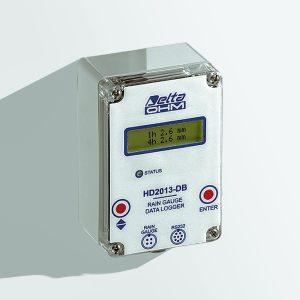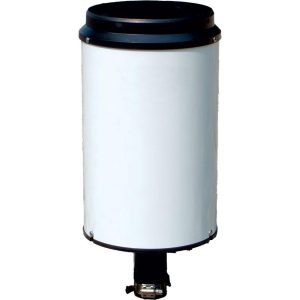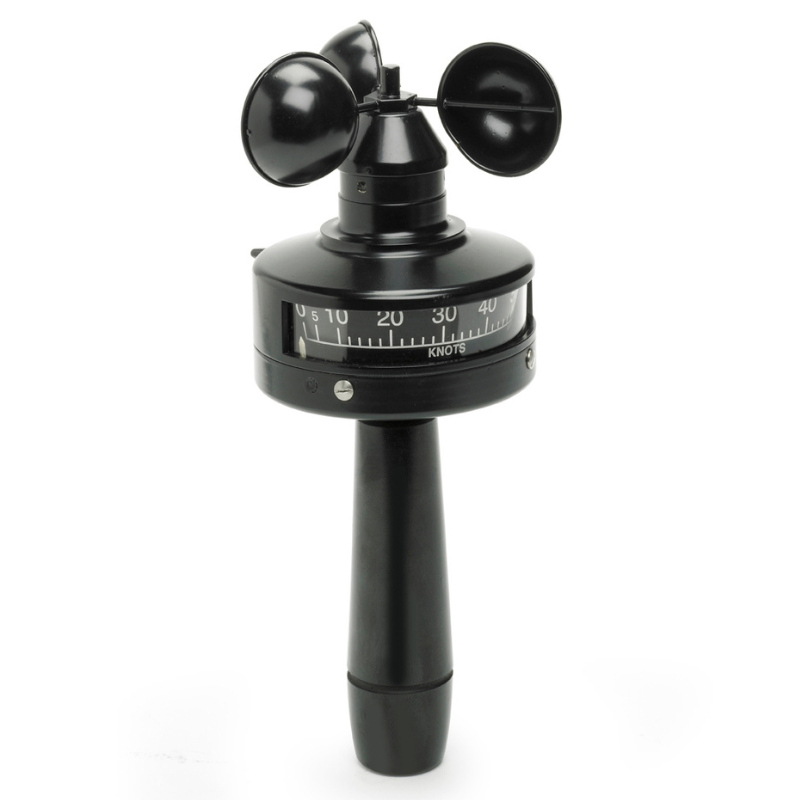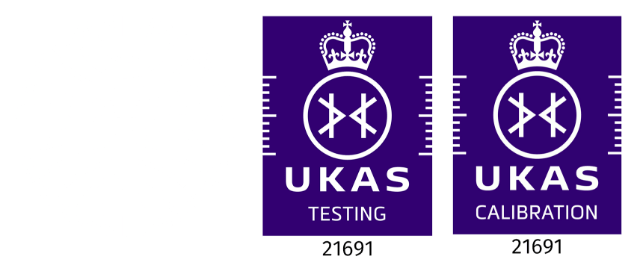Precipitation measurement is a crucial aspect of understanding weather patterns, climate changes, and even the water cycle. But before diving into the various methods of measuring precipitation, let’s clarify: what exactly is precipitation? Precipitation refers to any form of water—liquid or solid—that falls from the sky and reaches the ground. This includes rain, snow, hail, and sleet. Measuring this phenomenon helps us better understand environmental patterns, forecast weather, and manage water resources more effectively.
Types of Precipitation
Precipitation comes in various forms, each of which can be measured differently. The most common types include:
Rain
The most frequent form of precipitation, rain, occurs when droplets of water become too heavy to stay suspended in the air.
Snow
Snow consists of ice crystals that form when temperatures drop below freezing and moisture in the atmosphere solidifies.
Hail
Hail is created in thunderstorms, where updrafts of wind carry droplets into the freezing parts of the atmosphere.
Sleet
Sleet is a combination of rain and snow, usually seen in cold climates where the temperature fluctuates between freezing and above-freezing points.
Why Measure Precipitation?
Understanding and measuring precipitation is essential for several reasons:
Impact on Weather Forecasting
Accurate precipitation data helps meteorologists predict weather patterns, storm events, and even long-term climate changes.
Importance for Agriculture
Farmers rely heavily on precipitation data to make decisions on irrigation, planting, and harvesting. Too much or too little precipitation can significantly affect crop yields.
Hydrology and Water Management
In water management, precipitation measurement are important in managing reservoirs, flood control, and water supply planning.
Methods of Precipitation Measurement
Precipitation can be measured using both direct and indirect methods. Here’s a breakdown:
Direct Methods
Rain gauges are the simplest and most widely used tools for measuring rainfall. They work by collecting rainwater in a cylinder and measuring its depth.

These devices use a small bucket that tips when it fills with rainwater, providing an automatic way to measure the volume of rainfall.
Snow Gauges
These are used specifically for measuring the water content in snowfall. A snow gauge catches snow in a container, which is later melted to measure the equivalent water content.
Indirect Methods
Radar Measurement
Radars detect precipitation by sending out pulses of energy and measuring the return signal, providing estimates of the location and intensity of rainfall.
Satellite Measurement
Satellites are used for global precipitation measurement, offering large-scale data that cannot be collected from ground stations alone.
Types of Rain Gauges
Standard Rain Gauge
The standard rain gauge uses a cylindrical container to collect and measure the amount of rain.
Weighing Precipitation Gauges
These gauges measure the weight of accumulated water, offering more precise data over time.
Optical Precipitation Gauges
These devices use laser beams to detect rain droplets as they fall, providing real-time precipitation data.
How to Measure Snowfall
Snowfall measurement involves unique tools and techniques compared to rain measurement.
Snow Boards
A snowboard is a flat surface used to measure snow accumulation over time.
Snow Depth Measurement Tools
Various tools such as rulers or specially designed measuring sticks are used to determine the depth of snowfall.
How Precipitation is Analyzed
After measurement, precipitation is analyzed based on its intensity and cumulative volume.
Measuring Intensity
Precipitation intensity is usually calculated in millimeters per hour and is critical for understanding rainfall impact.
Cumulative Precipitation
Cumulative data helps determine long-term precipitation patterns, essential for agriculture, water management, and climate studies.
Precipitation Measurement Accuracy and Challenges
There are several challenges associated with measuring precipitation accurately.
Calibration Issues
Measurement devices must be calibrated regularly to ensure accuracy.
Environmental Interference
Wind, temperature, and even the location of the measuring devices can introduce errors into precipitation data collection.
Technological Advances in Precipitation Measurement
Advances in technology have made precipitation measurement more precise and efficient.
Automated Systems
Modern weather stations are equipped with automated rain gauges and sensors that provide real-time data without human intervention.
AI and Machine Learning in Weather Prediction
Artificial intelligence and machine learning are increasingly being used to analyze precipitation data and predict future weather patterns with greater accuracy.
Applications of Precipitation Data
Meteorological Research
Precipitation data is crucial for understanding long-term weather trends and predicting extreme weather events.
Climate Change Studies
Scientists use precipitation data to monitor changing climate patterns and the potential impacts on global ecosystems.
Agricultural Planning
Farmers use precipitation data to determine when and how much to water crops, optimizing productivity and conserving water.
How to Choose the Right Precipitation Measurement Tools
When selecting a precipitation measurement tool, consider the following factors:
Factors to Consider
Location, budget, and the type of precipitation you want to measure will influence your choice of tools.
Best Tools for Specific Needs
For large-scale data, satellite or radar measurements may be ideal, whereas local farms might rely on simple rain gauges.







